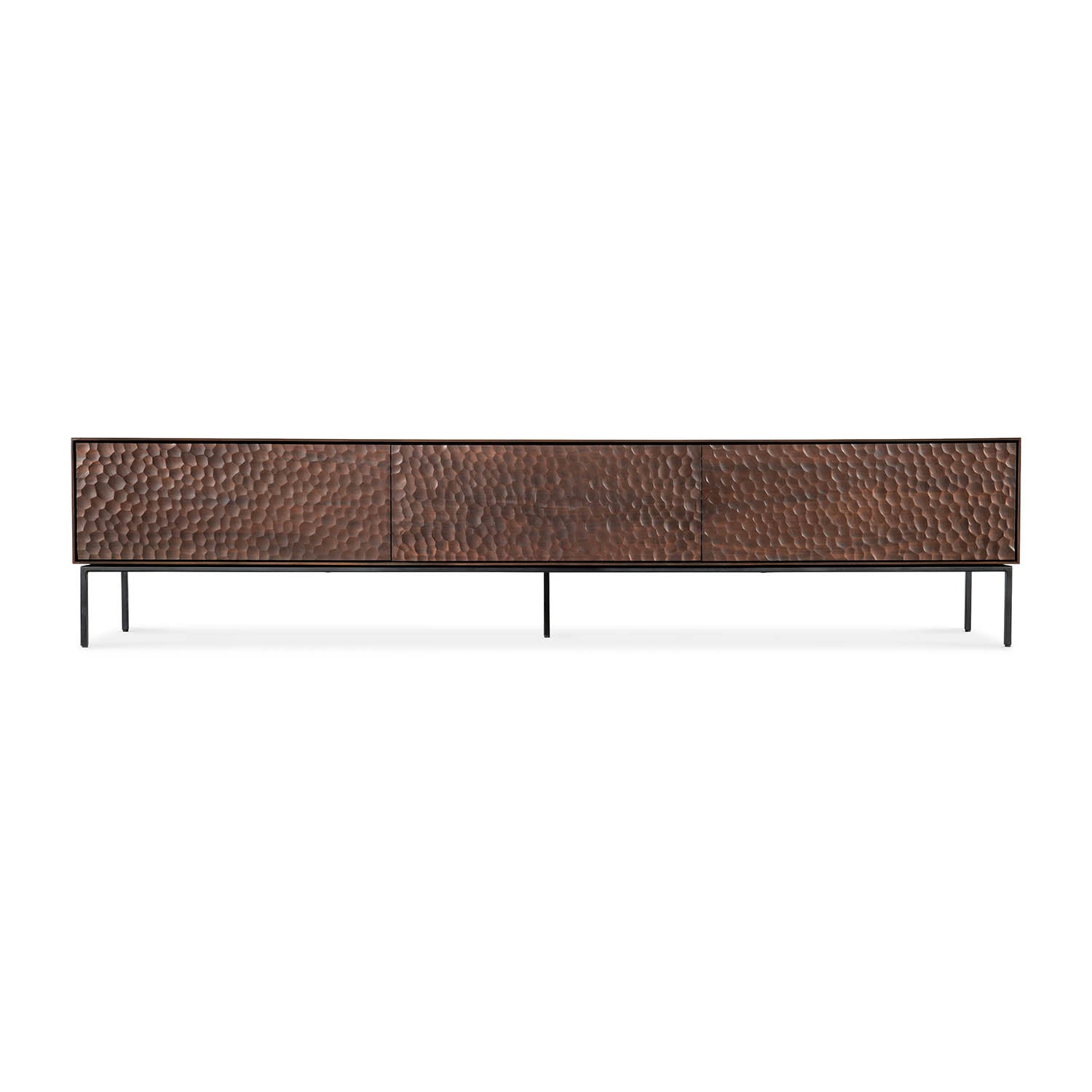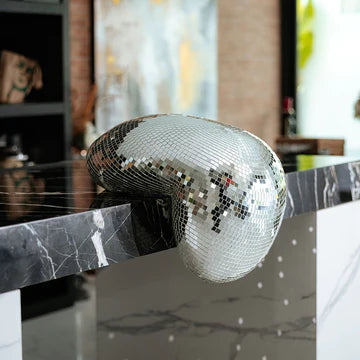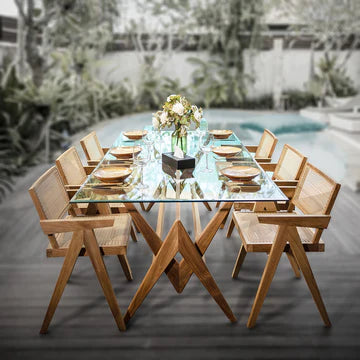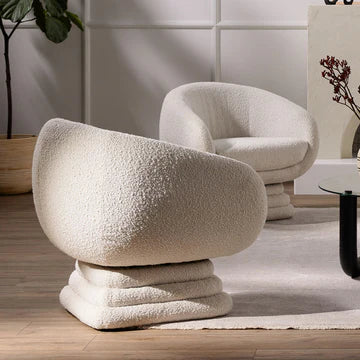Illuminating Information: A Lighting Guide for Every Room of the Home
Choosing the right lighting for a room can become an overwhelming task. What kind of lighting does a room need? How many lights? Where should I position the lights? These are all questions that need to be answered when putting together a space. This guide will help give an idea of what kind of lighting will work best in each room. Once the type of lighting has been determined, you can figure out what size lamps to look for. After that all that’s left is finding fixtures in the style you prefer.
Living Room
Since a lot of different activities can occur in the living room, the space generally requires three different types of lighting - ambient, task, and accent lighting. Ambient lighting provides the room with overall illumination, and often comes from overhead. Task lighting directs light to specific areas which is useful for reading or any activity that requires more direct light. Accent lighting will highlight certain objects or architectural features that you want to draw attention to. For ambient lighting you can use recessed lights, track lights, pendants, chandeliers, or if overhead lighting isn’t your thing, a floor lamp that projects light upwards. Place task lighting next to furniture like sofas and lounge chairs by using table lamps, floor lamps that direct light down, or a combination. Accent lighting should be placed wherever what you want to focus on is located. With the proper combination of ambient, task, and accent lighting you can have a wonderful layering of illumination with no troublesome shadows.
Bedroom
Since they generally don’t need to be as bright, bedrooms usually have just ambient and task lighting. Task lighting next to the bed allows you to read at night and easily turn off the lights when it’s time for sleep. To keep the light from seeming too intense in a dimmer room, look for task lighting with a shade that will help shield your eyes from the direct light of the bulb. If possible angle ambient lighting away from the bed and more towards the dressing area. This will give you more light to see while getting dressed and also keep the light out of your eyes when in bed.
Bathroom
Bathroom lighting can be tricky because you need ambient light to illuminate the whole room and task lighting by the mirror, but need to make sure there aren’t shadows interfering when you look in the mirror. If you can, try lighting the mirror from both sides and then placing ambient lighting overhead to light the rest of the room. Since you’re going to be close to the task lighting in the bathroom, make sure you choose fixtures that aren’t too large to prevent them from overwhelming the mirror or getting in the way.
Kitchen
Kitchens also require both ambient and task lighting. Use ambient lighting overhead to illuminate the entire space, then place task lighting over counters, the stove, and the sink to light up the spaces you’ll be working the most. Under cabinet lighting can be a great option for this if possible. Kitchens should be bright so you can see what you’re doing, so don’t be worried about adding too much lighting.
Dining Room
Dining rooms generally just have ambient lighting provided by a fixture (or fixtures) placed over the table. A chandelier or pendant lamp are the traditional dining room light source. The trick with dining room lighting is getting the correct sized fixture. To determine an appropriate size to purchase start by measuring the width or diameter of your table and then subtract 12” from that number. This will give you the maximum width or diameter of light you should look for. If you want to hang two fixtures over the table look for fixtures that are one third the width of your table.
Hallways
Hallways should be well lit since they usually don’t get much natural lighting. Recessed lighting, wall sconces, and ceiling mount fixtures are all appropriate lighting solutions for hallways. Look for lighting fixtures that will create even ambient lighting as too many shadows can hide tripping hazards.
Outdoor
Front and back entryways are often illuminated by wall sconces placed next to the door. If there’s a roof overhang sheltering the door, recessed or other overhead lighting can also be used. Just watch where shadows fall or you may still end up fumbling for the lock in the dark. Strings of outdoor safe lights are a great way to add ambient lighting to porches and patios.
For all of the different spaces you’ll need to determine how much wattage (or wattage equivalents) is necessary to properly illuminate the area. While each room will have its own specifications, a general rule of thumb is to multiply the square footage of the room by 1.5 to figure out the total wattage needed. Then divide the wattage up between however many fixtures is necessary. It’s important to check the maximum wattage of a lighting fixture and never go over it. Hopefully this guide has been helpful and if you still need help finding the right light, you can always ask Astrid for more advice.







Leave a comment